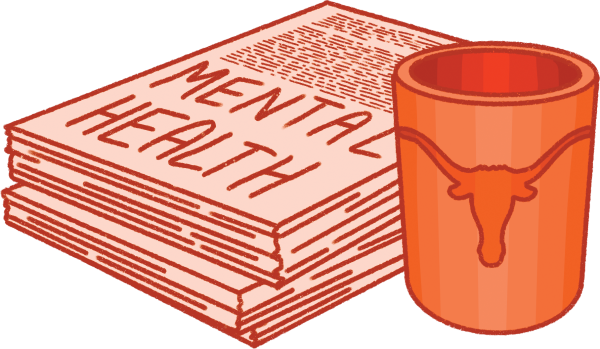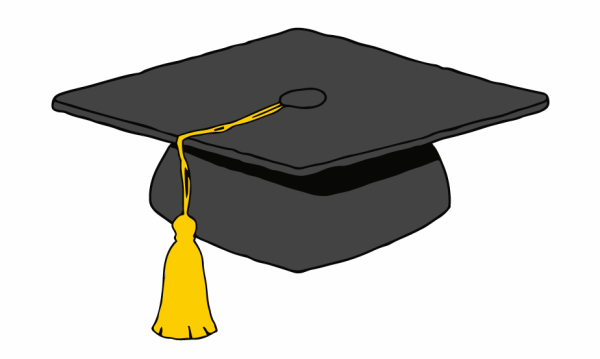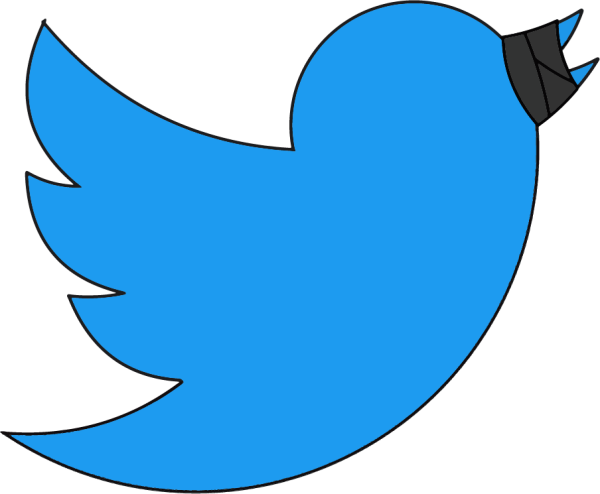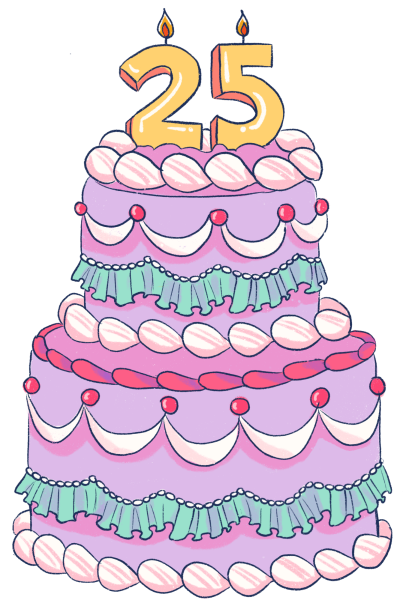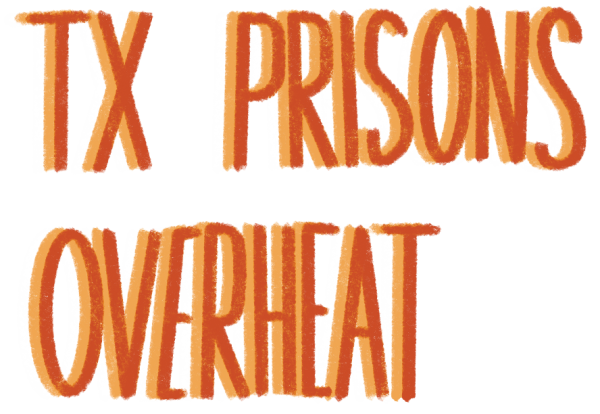What the Pilgrims Don’t Want you to Know
November 4, 2019
In America, Thanksgiving is considered a day of celebration, but it can be a bit unclear as to what Americans are celebrating. President Lincoln proclaimed the holiday as a day to encourage American unity in the midst of the Civil War. Lincoln focused on the solidarity of the Union, inviting people to pray for the healing of the nation’s wounds and for aid for suffering Americans, but his explanation of Thanksgiving didn’t do anything to recognize Native Americans. This isn’t a correct representation of the original Thanksgiving feast and what it symbolized. So, what exactly should Americans be thinking about as we celebrate Thanksgiving?
To answer this question, it’s important to know the history that surrounds the original feast. Most people who have gone through the American educational system can recall the prevalent idea of harmony between the colonizers and the Native people, with Thanksgiving highlighting the success that came as a result of this partnership. However, this picture isn’t the truth. Thanksgiving remains a part of the systematic ignorance and dismissal of the slaughter of Native Americans, thanks in part to Americans manipulating the holiday into a tale that ignores the hardships faced by Native Americans. What really happened between the Native Americans and European colonizers began during the Age of Exploration, with widespread slaughter of the Native people and seizing of their land. Stereotypes and stigmas sustained by Americans today further this ignorance and omission of the Native Americans’ truth about Thanksgiving. Sayings such as, “In 1492, Columbus sailed the ocean blue,” conveniently credit Columbus for his exploratory spirit, ignoring his enslavement of Native American people. The consistent portrayal of disgusting Native American stereotypes in works such as “Peter Pan” and “Little House on the Prairie” contribute to this narrative.
Despite the mass murder, the historic feast that modern day Thanksgiving bases itself on did actually happen. While historians aren’t sure what exactly prompted the feast, it remains one of very few known acts of cooperation that existed between the Native Americans and the colonizers in this time period. The Wampanoag Indians were critical to the survival of the Pilgrims upon their arrival to the Americas in the early 17th century, and the feast that was shared between the two groups was a culmination of their camaraderie. But this narrative is specific to the Wampanoag and remains a glorification of Native American and colonizer interactions. Instances such as the Wounded Knee Massacre and the Trail of Tears make clear the true story of the Native Americans’ struggle, further emphasizing the deception of today’s Thanksgiving.
It’s clear that the original Thanksgiving feast was related to Native Americans being treated as equals. Currently, the way that Americans celebrate Thanksgiving shows ignorance and disconnection from the tribulations carried by Native Americans. Acknowledgement is something that all people deserve, and if the dialogue surrounding Thanksgiving is able to evolve and be more accurate to what actually happened, the holiday has the ability to morph into a symbol of Native American suffering which recognizes their struggle.
Abraham Lincoln’s original idea of unity holds some legitimacy in terms of historical accuracy, but this idea of togetherness should be applied to represent a need to solve the long standing historical differences that exist between Native Americans and European descendants that inhabit Native lands today.


